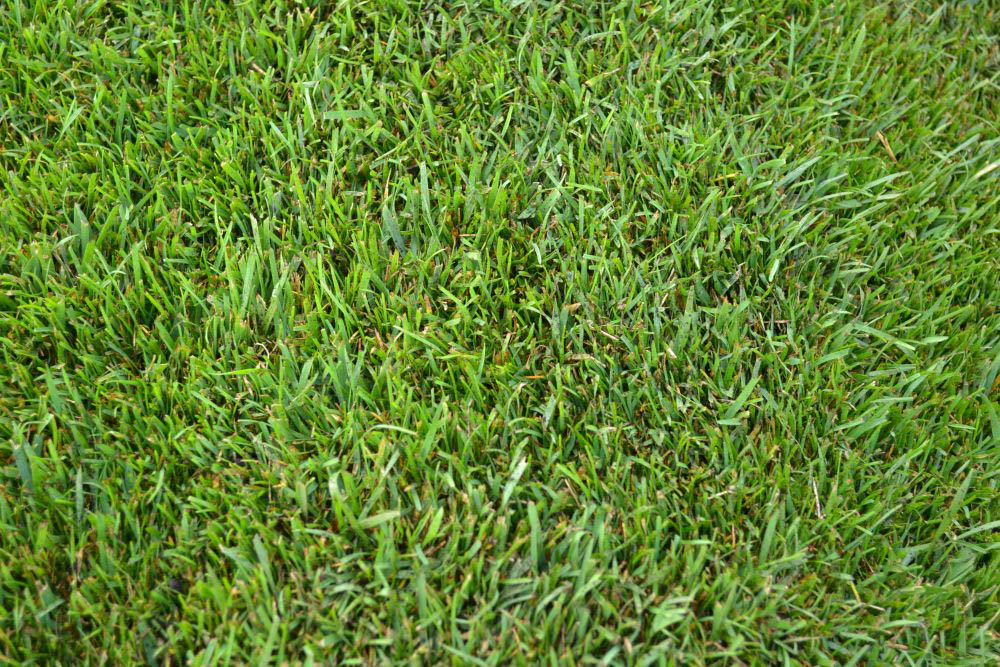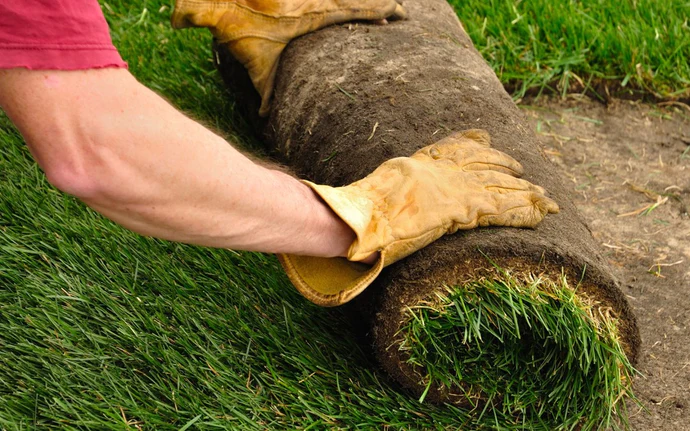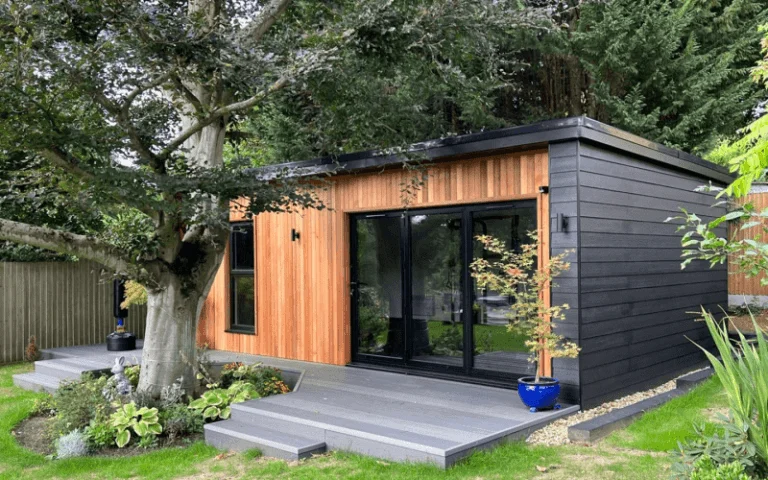Get Your Garden Summer-Ready
Having a lush, green lawn can greatly enhance the beauty and functionality of your garden. A well-maintained lawn provides a space for outdoor activities, adds value to your property, and creates a welcoming atmosphere. If you are considering laying new turf in your garden, it is important to understand the importance of proper preparation and maintenance.
This article will guide you through the process of laying new turf, from assessing your garden to troubleshooting common issues, so that you can achieve a beautiful and healthy lawn.
Assessing Your Garden: Is Laying New Turf the Right Choice?
Before deciding to lay new turf, it is important to assess the condition of your existing lawn. Factors to consider include the overall health of the grass, the presence of weeds or pests, and any areas of bare or patchy grass.
If your lawn is in relatively good condition with only minor issues, it may be more cost-effective to repair and rejuvenate the existing grass rather than starting from scratch with new turf.
To assess the health of your lawn, start by examining the colour and texture of the grass. Healthy grass should be a vibrant green colour and have a soft, dense texture.
If your grass is pale or yellowish in colour, it may indicate nutrient deficiencies or other problems. Additionally, look for signs of weeds or pests, such as dandelions or brown patches caused by grubs or other insects.
Choosing the Right Type of Turf for Your Garden
When choosing turf for your garden, it is important to consider factors such as climate, soil type, and intended use. There are several different types of turf available, each with its own characteristics and suitability for different conditions.
For example, if you live in a hot and dry climate, you may want to choose a drought-tolerant turf variety that requires less water. On the other hand, if you live in a cooler climate with plenty of rainfall, you may opt for a turf variety that thrives in these conditions.
Additionally, consider the intended use of your lawn. If you have children or pets who will be using the lawn frequently, you may want to choose a turf variety that is hard-wearing and resistant to damage

Preparing Your Garden for New Turf: Clearing, Levelling, and Soil Preparation
Proper preparation is crucial for a successful turf installation. Before laying new turf, you will need to clear the area of any existing grass, weeds, or debris. This can be done by using a spade or a turf cutter to remove the old grass and roots. It is important to remove all traces of existing vegetation to prevent it from competing with the new turf.
Once the area is cleared, you will need to level the soil to ensure a smooth and even surface for the turf. This can be done by adding topsoil or sand to low areas and raking it out to create a level surface. It is important to remove any large stones or debris from the soil as well.
After levelling the soil, it is important to prepare it for the new turf by adding organic matter such as compost or well-rotted manure. This will improve the soil structure and provide essential nutrients for the new grass. Spread a layer of organic matter over the soil and use a rake or garden fork to work it into the top few inches of soil.
Measuring and Ordering the Correct Amount of Turf
Before ordering your new turf, it is important to accurately measure your lawn area to ensure that you order the correct amount of turf. This can be done by measuring the length and width of your lawn and multiplying these measurements together to calculate the total square footage.
When ordering turf, it is important to choose a reputable supplier who can provide high-quality turf that is suitable for your specific needs. Look for a supplier who offers a wide range of turf varieties and who can provide advice on the best type of turf for your garden.
Scheduling New Turf Delivery: Tips for Optimal Timing
best time to lay new turf is during the cooler months of spring or autumn, when the weather is mild and there is less risk of heat stress or drought.
When scheduling your turf delivery, it is important to ensure that you will be able to lay the turf as soon as it arrives. Turf should be laid within 24 hours of delivery to prevent it from drying out or deteriorating. It is also important to prepare the soil and have it ready for the turf before it arrives.

Laying New Turf: Step-by-Step Guide to Achieving a Perfect Finish
Laying new turf requires careful attention to detail to achieve a smooth and even finish. Start by unrolling the turf rolls along one edge of the prepared area, ensuring that each roll is tightly butted up against the previous one. Use a sharp knife or spade to trim any excess turf along the edges.
Once all the turf rolls are laid, use a roller or a lawn roller filled with water to press the turf firmly into contact with the soil. This will help to eliminate any air pockets and ensure good root-to-soil contact.
After laying the turf, it is important to water it thoroughly to help it establish roots in the soil. Water the turf immediately after installation and continue to water it regularly for the first few weeks until it is well-established.
Watering and Fertilizing New Turf: Essential Maintenance Tips
Proper watering and fertilization are essential for maintaining a healthy lawn. After laying new turf, it is important to water it regularly to keep the soil moist but not waterlogged. Water deeply and infrequently, allowing the soil to dry out slightly between waterings.
This will encourage the roots to grow deep into the soil and promote a strong and healthy lawn.
Fertilizing new turf is also important to provide essential nutrients for growth. Start by applying a slow-release fertilizer to the turf a few weeks after installation.
This will provide a steady supply of nutrients over time. Follow up with regular applications of a balanced lawn fertilizer throughout the growing season to keep the grass healthy and green.
Common Turf Problems and How to Avoid Them
While laying new turf can result in a beautiful and healthy lawn, there are some common issues that can arise. By taking preventative measures, you can avoid these problems and ensure the long-term health of your turf.
One common issue is weed infestation. To prevent weeds from taking hold in your new turf, it is important to remove all traces of existing vegetation before laying the turf. Additionally, apply a pre-emergent herbicide before laying the turf to prevent weed seeds from germinating.
Another common issue is pest infestation, such as grubs or insects that feed on the grass roots. To prevent pest problems, it is important to maintain a healthy lawn by providing proper watering and fertilization. Additionally, monitor your lawn regularly for signs of pests and take appropriate action if necessary.
Troubleshooting: How to Fix Common Turf Issues
Despite your best efforts, you may encounter some common turf issues such as bare patches or yellowing grass. To fix bare patches, start by removing any dead or dying grass from the area. Loosen the soil with a rake or garden fork and apply a thin layer of topsoil or compost. Then, reseed the area with grass seed and water it regularly until it establishes.
If your grass is yellowing, it may indicate nutrient deficiencies or other problems. Conduct a soil test to determine any nutrient deficiencies and apply a suitable fertilizer to correct the issue. Additionally, ensure that you are providing proper watering and mowing practices to maintain a healthy lawn.
Enjoying Your New Lawn: Tips for Long-Term Turf Maintenance
To enjoy a beautiful and healthy lawn over the long term, it is important to establish a regular maintenance routine. This includes mowing, watering, and fertilizing your lawn.
When mowing your lawn, it is important to set your mower blades to the correct height for your turf variety. Avoid cutting the grass too short, as this can weaken the grass and make it more susceptible to weeds and diseases. Additionally, ensure that your mower blades are sharp to achieve a clean cut and prevent damage to the grass.
Watering your lawn deeply and infrequently is important for maintaining a healthy root system. Water in the early morning or late afternoon to minimize evaporation and allow the grass to dry before nightfall. Additionally, adjust your watering schedule according to weather conditions, watering more during hot and dry periods and less during cooler and wetter periods.
Fertilizing your lawn regularly will provide essential nutrients for growth and help maintain a healthy lawn. Follow the instructions on the fertilizer package for application rates and timing. Additionally, consider using organic fertilizers or compost to provide slow-release nutrients and improve soil health.
Laying New Turf Conclusion
Laying new turf can transform your garden into a beautiful and inviting space. By following the steps outlined in this article, you can ensure a successful turf installation and enjoy a lush, green lawn for years to come. Remember to assess your garden, choose the right type of turf, prepare the soil properly, measure accurately, schedule delivery at the right time, lay the turf carefully, water and fertilize correctly, avoid common problems, troubleshoot issues when they arise, and maintain your lawn regularly. With proper preparation and maintenance, you can achieve a beautiful and healthy lawn that will be the envy of your neighbours.
More Garden related blog’s

Edible Escape: Design Your Dream Kitchen Garden
Have you ever looked at your backyard and thought it required a redesign? We all have at some stage and that is because it is so easy to get out of hand. Some people may wish to completely transform their garden into something new, such as installing a garden room. There are so many things… Read More »Edible Escape: Design Your Dream Kitchen Garden

Exploring Insulated Garden Rooms
Are you considering expanding your living space with an insulated garden room? From creating a home gym to a tranquil garden office or an entertainment haven, these versatile structures offer endless possibilities for enhancing your home. In this comprehensive guide, we’ll delve deeper into the benefits, considerations, and cost comparisons of insulated garden rooms. Helping… Read More »Exploring Insulated Garden Rooms

The Timeless Appeal of Outdoor Living Spaces
Envision a time when lawns were meticulously trimmed expanses of greenery, with the garden serving as little more than a backdrop. This backdrop has evolved through the ages into the heart of social gatherings and al fresco living. Starting as a simple patch of green, outdoor living spaces have become expressions of our lifestyle and… Read More »The Timeless Appeal of Outdoor Living Spaces

